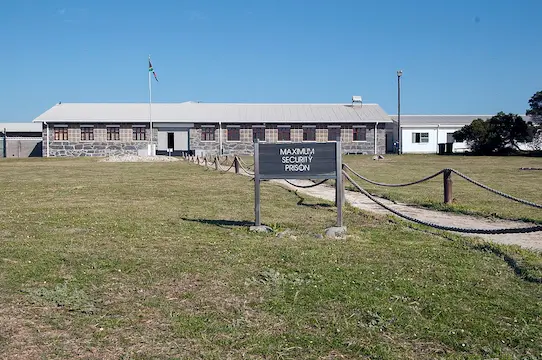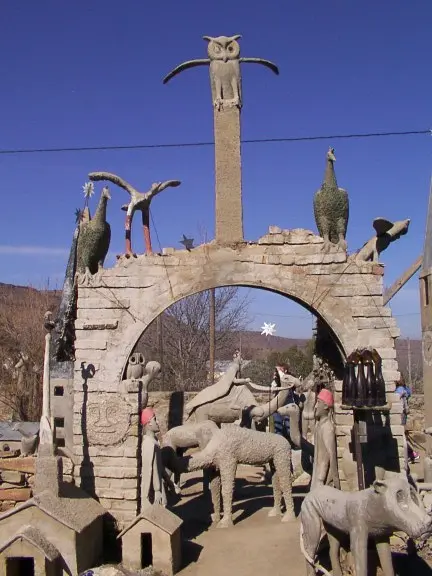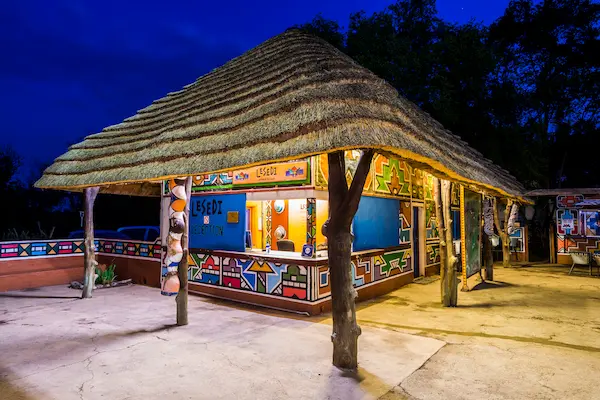Robben Island: A Symbol of Resilience and Freedom

Robben Island, off the coast of Cape Town, is a symbol of resilience and freedom, most notably associated with the 27-year imprisonment of Nelson Mandela. Visible from the iconic Table Mountain, this island holds a rich and complex history.
Over the centuries, the rocky shores of Robben Island have claimed many ships, prompting Jan van Riebeck, the leader of the Dutch colonization of the Cape in 1652, to light fires as a warning to incoming vessels. Today, a lighthouse on Minto Hill, the island's highest point, continues to guide seafarers.
Since the Dutch arrival in the 1600s, Robben Island has served various purposes. It has been an animal quarantine station, a leper colony, a mental health hospital, and a military base during World War 2. However, its primary use has always been as a prison.
In 1959, the island was designated as a maximum-security facility for political prisoners under the Apartheid regime. During this period, conditions at the facility deteriorated significantly. Cells designed for 20 men were often crammed with up to 60 prisoners.
The daily routine for prisoners was harsh and degrading. They were awakened at 5.30 am, forced to walk naked across the compound, and subjected to full cavity searches. Breakfast consisted of a cup of coffee and porridge, which they had to eat while squatting. The rest of the day was spent in hard labor, moving mountains of rock and earth. Malnutrition and exhaustion led to frequent deaths, as did the beatings by the wardens and prison guards.
It was under these brutal conditions that Nelson Mandela, prisoner 46664, spent 18 of his 27 years as a political prisoner. His memoir, "A Long Walk to Freedom," provides a detailed account of the daily hardships he and his fellow inmates endured.
Mandela was released from Robben Island on February 11, 1990, and the last political prisoner was released in 1991. In 1997, Robben Island was declared a museum and a national monument.
Today, the island is overrun by rabbits, which burrow beneath historical sites and strip the island of its greenery. Despite the controversy, officials have resorted to culling these pests.
Visitors can now take a ferry from the Nelson Mandela Gateway at the V&A Waterfront to tour this World Heritage Site. Tickets and more information can be found at www.robben-island.org.za.
Notable individuals who were incarcerated on Robben Island include former South African state presidents Nelson Mandela and Kgalema Motlanthe, Jacob Zuma, political leader Govan Mbeki, founding leader of the Pan Africanist Congress Robert Sobukwe, former ANC activist Walter Sisulu, a prominent businessman Tokyo Sexwale, president of opposition party Congress of the People Mosiuoa “Terror” Lekota, and Amos Masondo.




